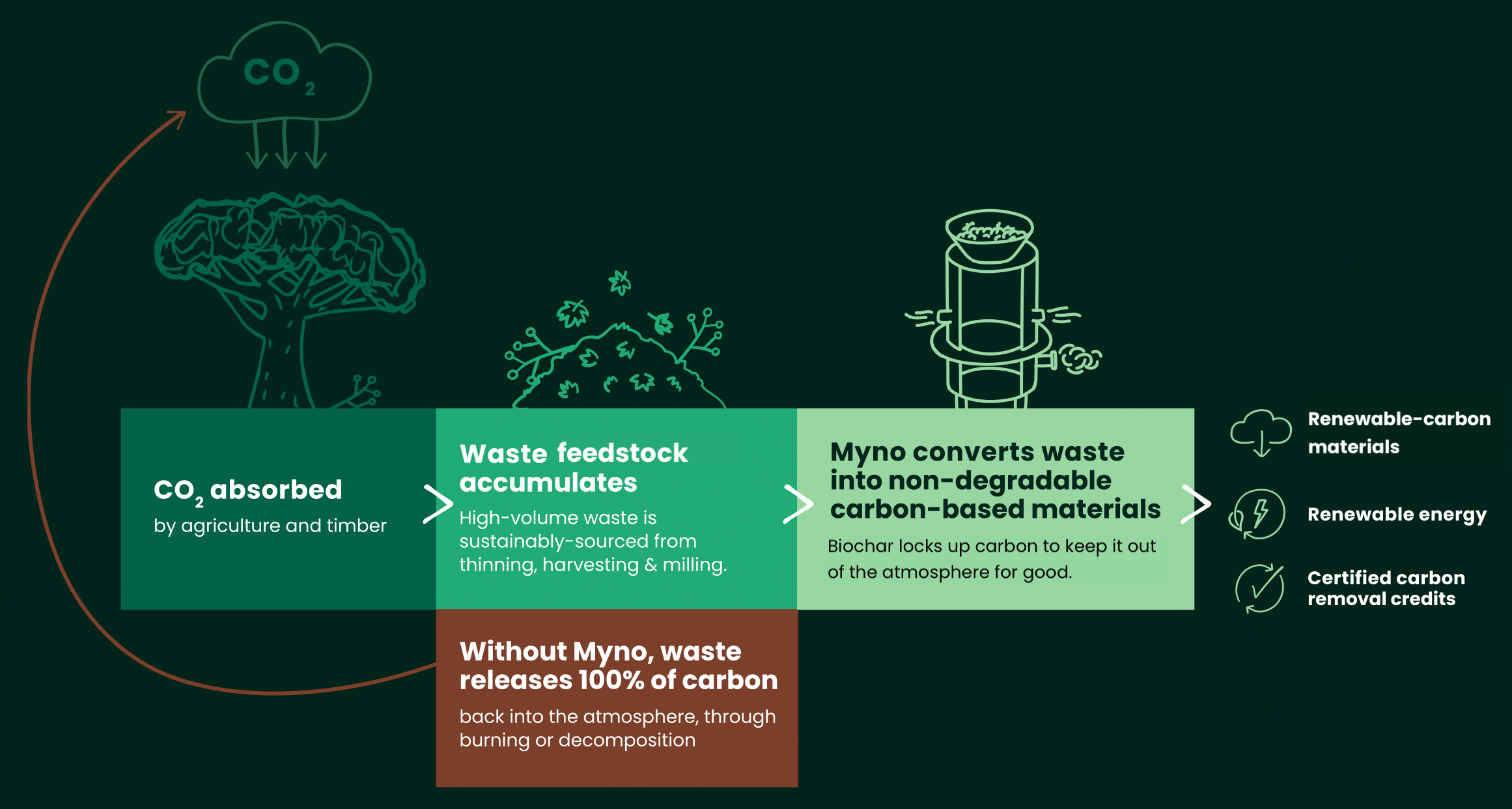Myno is working with local, regional, and national stakeholders to create the best possible environmental, social, and economic project outcomes. The CRF offers rural employment opportunities, permanently removes carbon, supports forest health, and catalyzes regenerative agriculture. Over the past year, we have received support from a diverse array of regional stakeholders. The following organizations, agencies, and policymakers have supported our various grant proposals and projects this past year through written letters of support. We have had many other supportive conversations with partners that are not listed without the consent of a written letter of support.
Regional tribal nations, including Jamestown S’Klallam Tribe, Colville Tribes, Kalispel Tribe, Spokane Tribe, and the Yakama Nation. We have had productive conversations with these Tribal Nations regarding feedstock procurement and deployment of, and research on, biochar as an agricultural soil amendment.
Regional economic development agencies, including the Clallam County Economic Development Council, Natural Resources Innovation Center, Port of Port Angeles, Tri- County Economic Development Council, Colville Together Main Street Program, Colville Chamber of Commerce, and West Plains Chamber of Commerce.
Washington State agencies, including the Dept. of Natural Resources, Dept. of Commerce, and Dept. of Agriculture.
Environmental non-profits, including American Farmland Trust, Kulshan Carbon Trust, and Clean and Prosperous WA.
State / Federal Legislators and Regional Governments, including US Member of Congress Rep. Schrier, Sen. Cantwell, Sen. Murray, Rep. Kilmer; and Washington State legislators Sen. Van De Wege, Rep. Tharinger, Rep. Chapman, Rep. Fitzgibbon, the City of Port Angeles.
Regional state conservation districts, including Benton, Franklin, and Stevens County Conservation Districts, and the Colville Reservation Conservation District.
Washington’s commodity crop commissions and grower associations, including the Washington Association of Wheat Growers, Potato Commission, Dairy Federation, Wine Growers Association, Wine Commission, Dairy Farmers, and Hop Growers of America.
Regional agricultural producers, including Gebbers Farms, Carpenter Ranches, Perrault Farms, Yakama Nation Farms, Colville Reservation Conservation District, and Kalispel Tribes.
Regional research institutions: Myno has worked closely with Washington State University (WSU), Oregon State University, and the Pacific Northwest National Laboratory (PNNL) to apply for grant funding to assess the effects of biochar as a soil amendment in key cropping systems in the PNW. We plan to continue working with research institutions, particularly in developing value-added biochar products.
Washington State Government and Political Support: Myno and DNR formalized a letter of intent to procure in-woods biomass residuals from its regional timber lands for biochar production and incentivizing DNR farming leaseholders to amend soil with biochar. Furthermore, in 2022 Myno engaged with Washington State legislators to help pass WA State Senate Bill 5961, which requires biochar to be considered for use in all state-wide public works projects. In 2023, the Washington State legislature passed additional funding to support agricultural carbon sequestration through biochar application and streamlined permitting for clean energy facilities including biochar production facilities. Myno also received funding through Commerce Green Jobs and Infrastructure grant program in the 2024 State Captial budget to support our CRF development. Myno is excited to see continued bi-partisan support for biochar and our CRF model.



